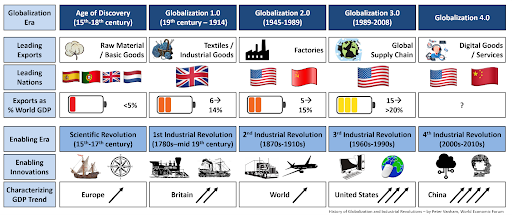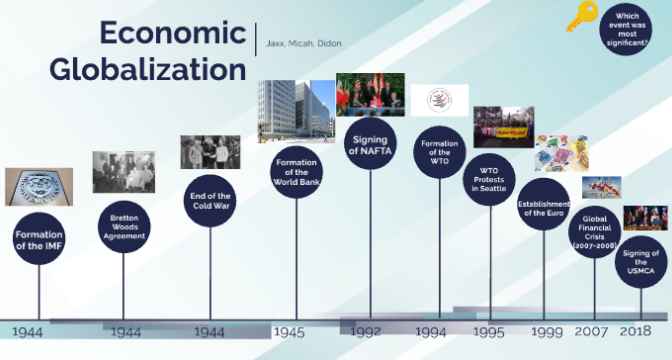7667766266
enquiry@shankarias.in
Mains Syllabus: GS II - Bilateral, regional and global groupings and agreements involving India and/or affecting India’s interests; Important International institutions, agencies and fora- their structure, mandate.
Instead of trade routes, global value chains are being reshaped by force recently.


The Hindu | A profound shift in the global order